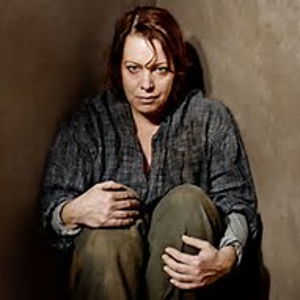
Overview
Synopsis
King Agamemnon has sacrificed his daughter Iphigenia for the prosperity of his kingdom and his wife, Klytemnestra, has grown to hate him for this act. Along with her paramour, Aegisthus, Klytemnestra murders Agamemnon and becomes worried that their other children Elektra, Chrysothemis, and Orestes will seek to avenge her crime. Elektra helps her brother Orestes to escape, and she remains in the palace to keep the memory of her late father alive, to the resentment of the entire court. As the rift in the family continues to grow, tensions mount and everyone grows increasingly suspicious of one another. Elektra seeks the ultimate revenge for her father’s murder and cannot wait until the day comes that she can enact it. When rumors begin to spread that Orestes has been killed, Elektra panics, though something about the rumor seems wrong. Will Elektra be able to gain her revenge, or will her mother win? Elektra’s score by Richard Strauss heightens the dramatic tension of the plot and will leave you feeling unsettled in the best way possible. In one of Strauss’s most inventive scores yet, Elektra is an intense and powerful piece not to be missed.
Show Information
Context
For his opera Elektra, Strauss chose to have a German libretto crafted based on Sophocles’ play from antiquity. The opera follows the same plot as the play; however, it chooses to focus much more closely on the character of Elektra. Much of the drama and action in the play take place through Elektra’s thoughts as she tries to reason through the horrible situation she is in. Musically, this opera abandons traditional opera format, as with some of Strauss’ previous operas, e.g.,
to read the context for Elektra and to unlock other amazing theatre resources!Plot
Characters
| Name | Part Size | Gender | Vocal Part |
|---|---|---|---|
|
Lead |
Female |
Soprano |
|
|
Lead |
Female |
Mezzo-Soprano |
|
|
Lead |
Female |
Soprano |
|
|
Supporting |
Male |
Tenor |
|
|
Supporting |
Male |
Baritone |
|
|
Featured |
Male |
Bass |
|
|
Featured |
Female |
Soprano |
|
|
Featured |
Female |
Soprano |
|
|
Featured |
Female |
Soprano, Mezzo-Soprano |
|
|
Ensemble |
Female |
Soprano |
|
|
Ensemble |
Male |
Bass |
|
|
Ensemble |
Male |
Tenor |
|
|
Ensemble |
Female |
Soprano |
|
|
Ensemble |
Either Gender |
Soprano, Mezzo-Soprano, Alto, Tenor, Baritone, Bass |
Songs
A song with an asterisk (*) before the title indicates a dance number; a character listed in a song with an asterisk (*) by the character's name indicates that the character exclusively serves as a dancer in this song, which is sung by other characters.
Monologues
Scenes
Key Terms
Sorry! We do not currently have terms for this guide.
Videos
Quizzes
Themes, Symbols & Motifs
Sorry! We do not currently have learning modules for this guide.
Quote Analysis
Sorry! We do not currently have learning modules for this guide.
